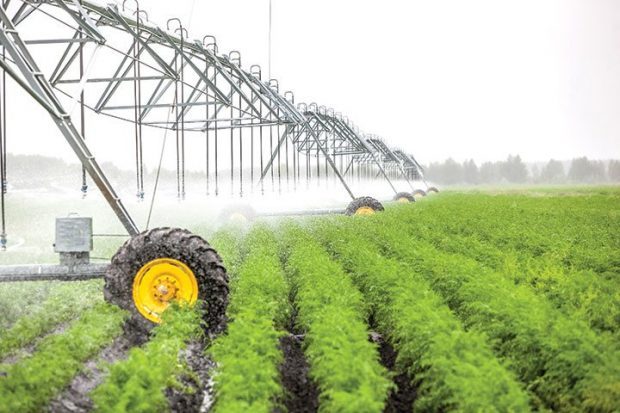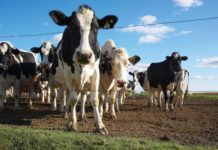By Nita Karume:
Variable Speed Drives (VSDs), which are also referred to as adjustable speed drives, are large industrial electric motors whose speed can be adjusted by means of an external controller. They are used to help saving energy in processes that require many powerful electric motors.
When at work, the VSD will make use of its adjustable speed to match the motor speed being used in a particular task. It may then cover up for changes in the process’s variables. VSDs are very effective especially in pump and fan applications.
Prior to the adoption of new technological advancements in agriculture, the decision to use VSDs was highly influenced by pump selection for various operational needs. In the past, operational needs informed pump selection decisions to use VSDs. On the other hand, with the current soaring in energy prices, the adoption of new technology becomes a more preferable method as it is also economical.
Irrigation costs
There are three known factors that usually contribute to increased pumping costs and energy usage. For instance, sometimes more water than required can be pumped and applied to a crop. In other cases, the pump could be operating away from its best efficiency point. More often than not, this could result in a greater pumping pressure than necessary, which will also add to the energy costs. However, the installation of a VSD system will solve these issues.
Demand pumping
Single speed pumps are usually installed for a range of duties and sized to meet the greatest output demand. In this case, such are not appropriate for lower demand use. Nevertheless, use of VSDs can ensure there is regulation of the power needed according to particular duties. As such, the pump can be over-designed to meet extreme requirements, but still be able to save on continuous energy during low demand.
VSDs are engineered such that they are able to allow small, rapid and regular variations in pump speed. As such, VSD systems are preferred option for pumps in highly variable demand situations. For instance, an ideal application would be the delivery of water to irrigation units of variable sizes and elevation.
The most popular and cost-effective type of irrigation VSD is the variable frequency drive (VFD). This controls electric motors by varying the frequency and voltage supplied. Other options include multi-pump VSD systems, which can cater for very small to large flow rates.
Energy saving feature
VFDs are fitted with adjustments that enable slow start and stop. As a result problems of water hammer as well as excess power draw on startup are avoided. It can also reduce or avoid flow or pressure surges. The speed reductions help limit pump wear, especially on the bearings and seals.
Furthermore, the installation of low pressure filters also serves to lower the operating head. Unfortunately, energy savings will only be achieved if the pump in use possesses the ability to respond to this lower head.
Increased production
A VFD allows managers to adjust pumps to automatically suit conditions. While this eliminates unnecessary water delivery to the agricultural patches, it also improves irrigation scheduling. This, in turn, avoids waterlogging and wastage, leading to increased production while maintaining low energy costs.
Before the installation of VSDs, it is best to keep particular factors in mind. These include but are not limited to water supply, cooling and pump efficiency. It is important to note that a VFD simply reduces input energy requirements. This is achieved by producing the flow and pressure combination required at a particular operating time.
VFD installation
VFDs can either be incorporated into existing systems or installed with new systems. Furthermore, every irrigation system and VSD requirements vary. As such, the system must be correctly merged with the unique electrical requirements for every situation. This involves the identification of the appropriate location and setting of transducer set points.
On the other hand, to avoid instances where VFD equipment installer fails to merge the intricacies of the hydraulics and pump performance, be sure to enlist the services of a professional pumping hydraulic design service. This will ensure an evaluation of the irrigation system before VFD equipment is purchased.
Before getting a VSD, it is important to note that VSDs are not needed in all situations. One should first determine how variable the pressure requirements are in a situation to determine the benefits of a VSD. If duty requirements do not vary, resizing the pump or trimming the impeller might be more viable options.








